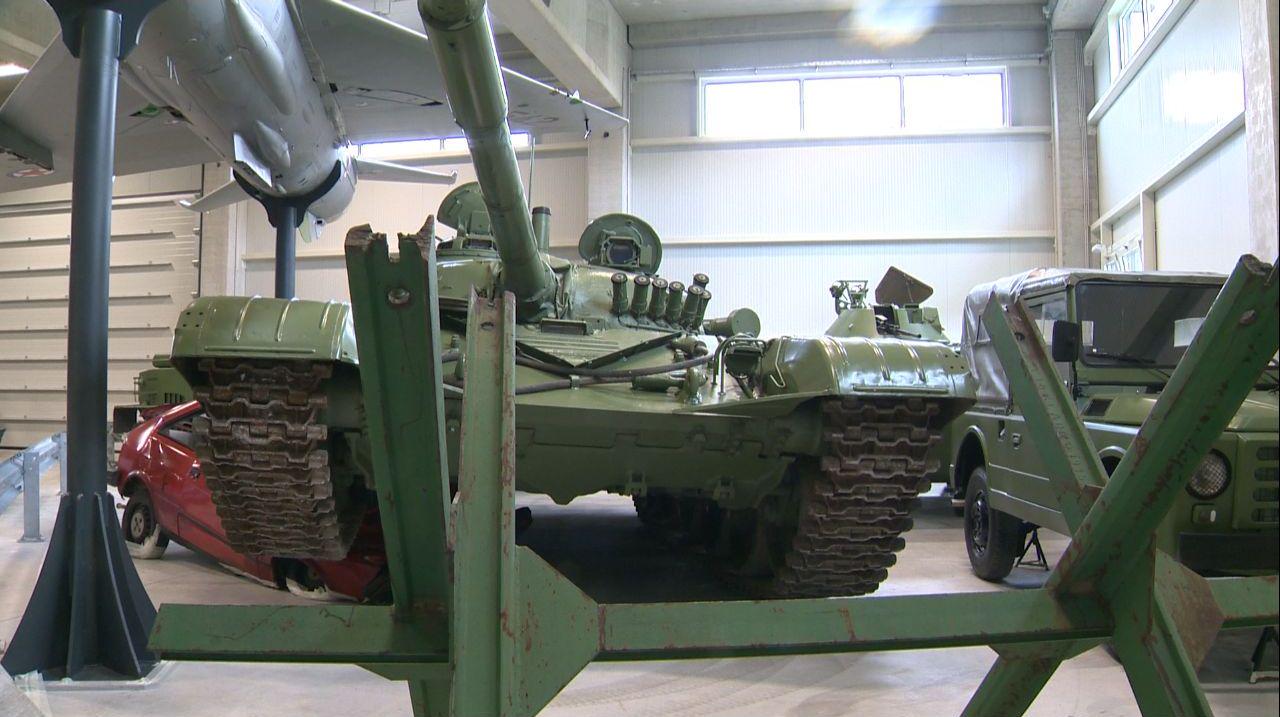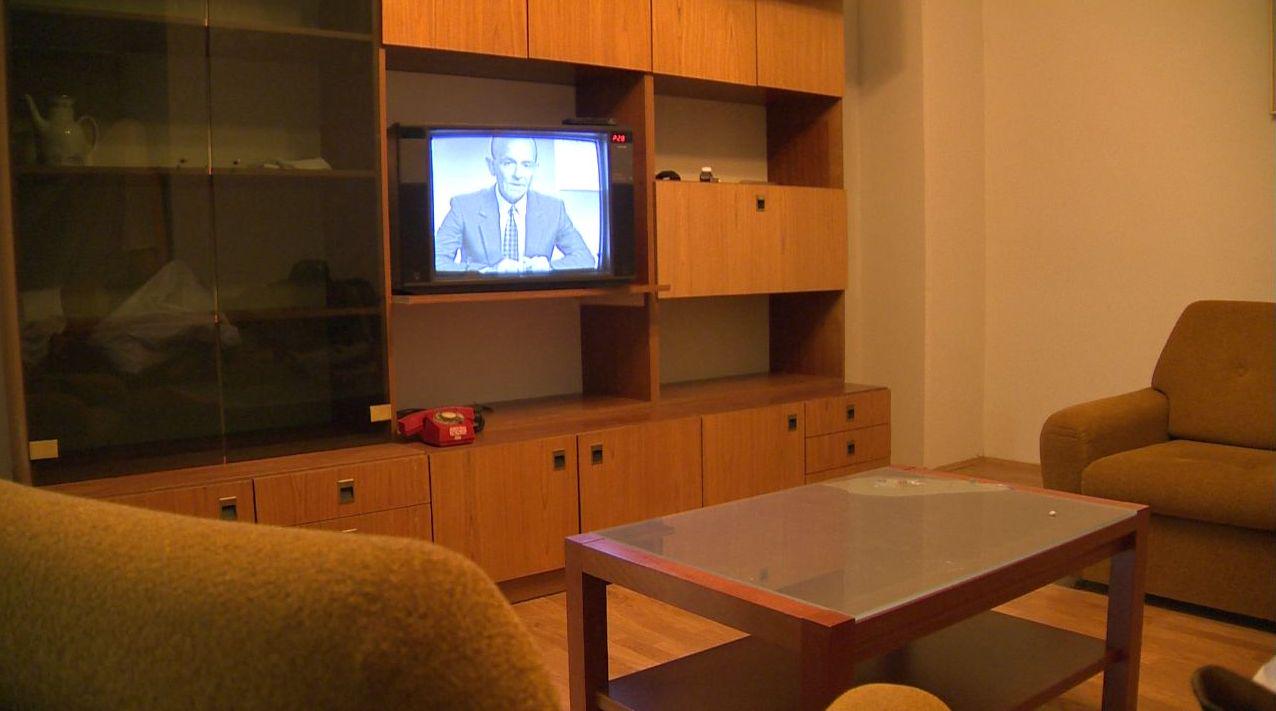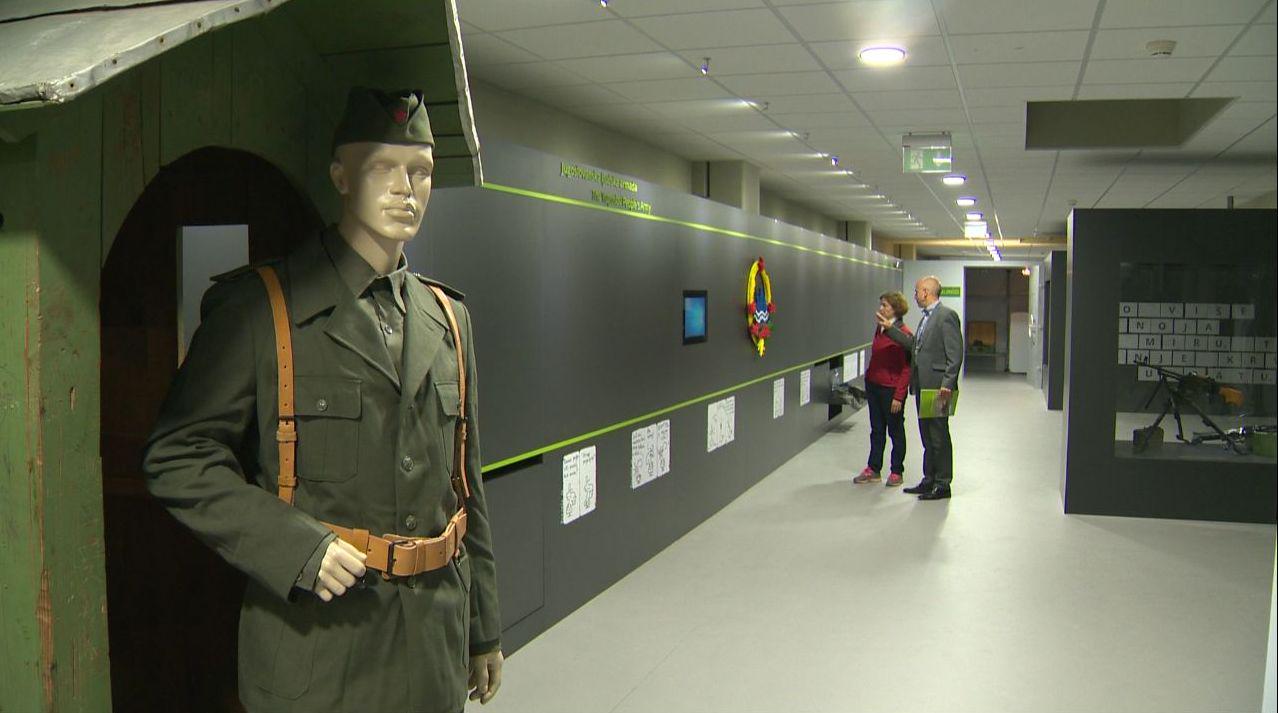


Six months ago, the Park of Military History in Pivka, the largest museum complex in Slovenia, finalized a sizeable investment for a new pavilion dedicated to the state's Path to Independence. With this pavilion, ten years after the decaying old barracks started to be transformed, the park features the biggest military history exhibition in this part of Europe.
The main exhibition housed by the new pavilion is named the Path to Independence, illustrating the process of Slovenia's push for its independence with special focus on the war of 1991. The first part of the exhibition is about Yugoslavia and the military barracks, while the second part addresses the declaration of independence, which is followed by a symbolic turning point – the fall of the Berlin Wall – and the beginning of the aggression against Slovenia. Another deeply symbolic aspect of the exhibition is that the military museum focused on Slovenia's independence has been established in the very barracks of the former Yugoslav army from which the first tanks embarked on the roads on 26th June 1991, marking the beginning of the aggression of the Yugoslav army against the newly independent Republic of Slovenia.
Visitors to the museum will also come across a symbolic crumbling wall separating the old from the new like some kind of a funnel. The crumbling wall symbolizes the historical moments of the 1980s that led to the process of Slovenia's democratization and independence. Visitors get quite nostalgic at the sight of a Slovenian family living room as at 27th June 1991, where the historical Drugi dnevnik (Evening News) with Tomaž Terček can be seen on the TV. War has happened. The television channel is showing the news of the day. From the balcony of the apartment, a view opens over the Slovenian Independence War. Faced with the large exhibits, visitors cannot help but become interested in the historic events, but, on the other hand, they also realize that the entire matter was not at all that innocent.
As much as 4.3 million euros was used to renovate and upgrade the former barracks and create the exhibition, most of which was provided by the European Union, while the Ministry of Culture contributed 15%.
The extensive exhibition space showcases the complete military technology associated with Slovenia's Independence War: aircraft, tanks, a helicopter and other military vehicles. The Path to Independence exhibition will encourage many visitors to remember the recent history of the nation, their military service in the Yugoslav army, the proud day when Slovenia finally achieved independence, and the time of uncertainty on the one hand and the resolute will to independence on the other. In Pivka, young people who did not live in those days will also be able to learn about the important part of the national history.
From Defence against the External Enemy to Defence against the Internal Enemy
The exhibition provides basic information on what was called "the second Yugoslavia", or also the socialist or Tito's Yugoslavia, a federal country that covered most of the Slovenian national territory in the form of the Socialist Republic of Slovenia. Besides Tito, the Yugoslav People's Army was the main factor in holding together the federation and had an extensive impact on the country's development and governance. In the 1980s, its fundamental aim shifted from protection against the external enemy to defence against the internal enemy. Due to the obstruction of national development and severe violations of the human rights, most Slovenes increasingly perceived Yugoslavia as an unbearable burden. As the Berlin Wall fell and the democratic changes unfolded in Eastern Europe, Slovenia was flooded by an unstoppable desire for democracy and greater independence, which, after the victory of the democratic opposition at the first free election held in April 1990, finally led to the Slovenian Independence Referendum on 23rd December 1990. At the referendum, as many as 88.5% of eligible voters decided for an independent and autonomous Republic of Slovenia. Six months later, the Slovenian parliament followed the will of the people expressed at the referendum and declared independence, which was followed by a brutal military intervention by the Yugoslav army that was, however, broken by resolute resistance from the Slovenian armed forced, which were comprised of the Slovenian Territorial Defence and the Slovenian Police. Defeated, the Yugoslav army retreated to its barracks and eventually, in late October 1991, four months after the war had broken out, left the Republic of Slovenia, finally allowing the country to set on its path of a sovereign state.
The exhibition allows a visitor to experience the wartime events in direct contact with a number of important exhibits from the time. The diorama of advances made by a Yugoslav Army unit includes the MiG-21 aircraft, the M-84 tank and the BVP and BTR armoured vehicles. Two other important "relics" of the 1991 war are the Gazela helicopter marked Velenje TO-001, i.e. the first aircraft whose pilot managed to escape from the Yugoslav air force in it, and the T-55 tank, which was part of the tank unit that first started the Yugoslav army's aggression from the very barracks in Pivka. Among the interesting armoured vehicles, one should mention the BOV series, which was manufactured at the Maribor TAM factory and involved in various combats, as well as the PT-76 tank and the MT-LBu command vehicle. The BOV M-86 vehicle from the Special Police Unit symbolises the important role played by the Police, while the importance of Slovenian firemen is marked by the exhibited operations vehicle of the Mokronog fire squad.
The Armour of Freedom
The Armour of Freedom exhibit shows various armoured vehicles as well as weaponry and other pieces of equipment that arrived to Yugoslavia in the 1950s as military aid following the Tito–Stalin split, which resulted in the expulsion of Yugoslavia from the bloc of communist states tied to the Soviet Union. The exhibit brings together some of the most valuable WWII armoured vehicles owned by the Park of Military History, such as the M4A3 Sherman tank, the M36 Jackson gun motor carriage, the Scout Car and M8 Greyhound armoured cars as well as the post-war American M47 Patton tank, the heaviest tank in the Park of Military History collection.

































































